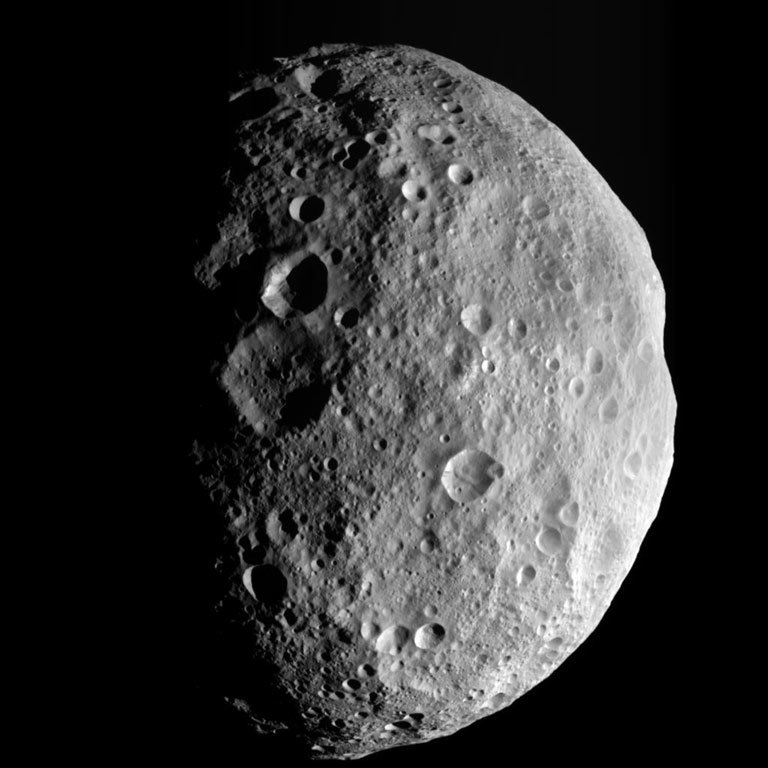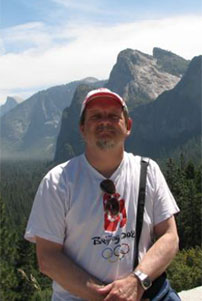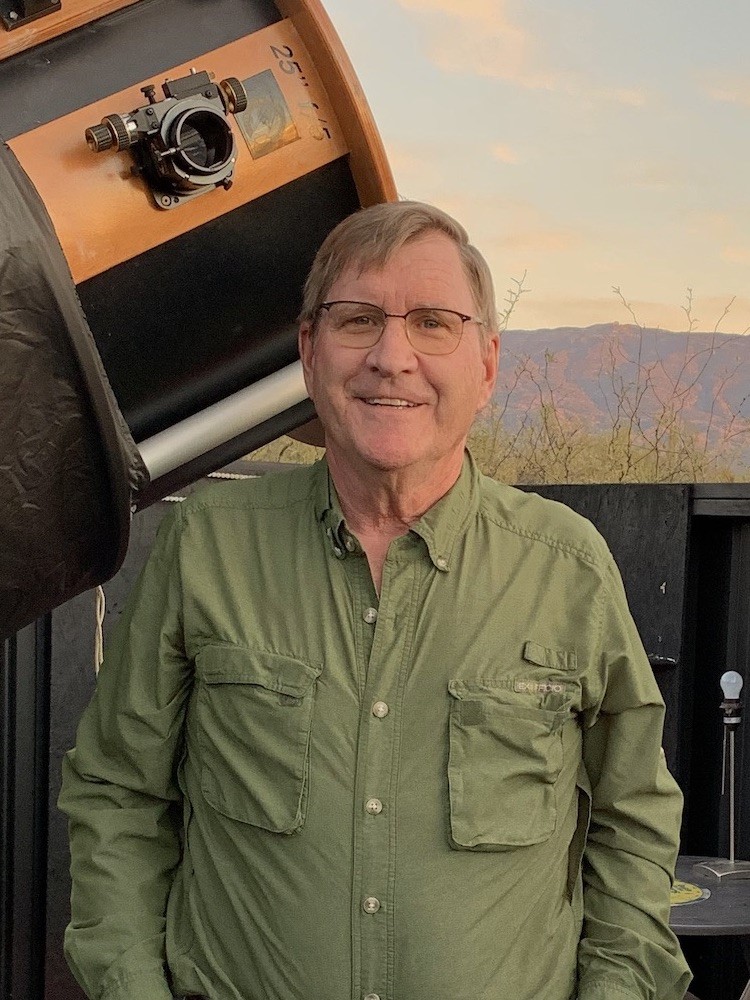By Erich Karkoschka

Saturn is the first planet to rise at night, first at midnight and almost at 10 pm by the end of June.

Jupiter is the second planet to rise, two hours after Saturn. It is up 45 degrees by sunrise.

Mars is the third planet to rise, only 2 degrees from Jupiter at the beginning of June, increasing to 19 degrees by the end of June.

Venus is the fourth planet to rise at 3:20 am. It displays the same phase as Mars in a telescope but is 50 times brighter.

Mercury is the last planet to rise at 4 am. It is just visible with naked eyes starting on the 11th and better visible between the 20th and the 30th.

Neptune is visible in binoculars about 10 degrees west of Jupiter.
Uranus is too close to the Sun at the beginning of June. On the 11th it can be found 1.5 degrees above Venus.

The Moon occults eta Leonis on June 5th between 8:05 and 9:06 pm. It is a 3rd magnitude star just above Regulus. The moon then passes the five bright planets, Saturn on the 18th, Jupiter on the 21st, Mars on the 22nd, Venus on the 26th, and Mercury on the 27th. Note that the order of the five bright planets is in the same order as their distance from the Sun. On the 23rd, 24th, and 25th, this is valid even if you include the Moon. The only day one cannot see the Moon is the 28th, although a sighting on the 29th around 8 pm is challenging at it is only 24 hours after New Moon.








